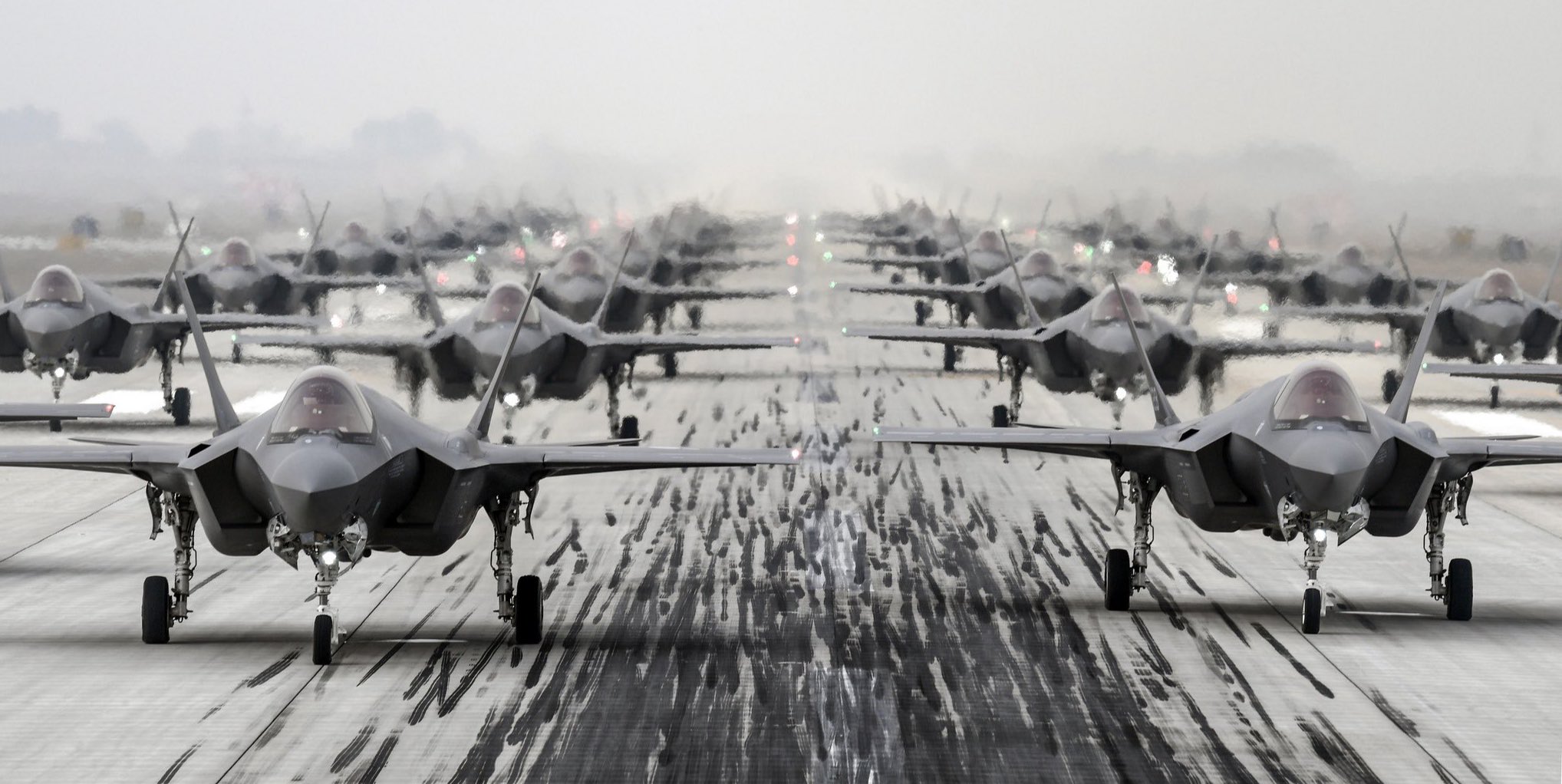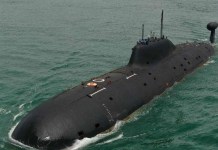South Korea’s F-35 stealth fighter jets, which it touts as a critical component in deterring North Korean threats, appear to be experiencing severe maintenance challenges.
On October 4, a South Korean lawmaker stated that the nation’s F-35A fighters were labeled as operationally unready 234 times over 18 months ending in June because of malfunctions.
Russia’s ‘Nuclear Brigade’ Spotted Heading Towards Ukraine; Is Putin Planning To Nuke Kyiv?
South Korea To Supply Ukraine With Chiron MANPADS & US Is Paying For Them – Czech Media Reports
The ruling People Power Party’s Rep Shin Won-sik presented Air Force data to demonstrate the issues the South Korean Air Force is encountering in making F-35s fully operational. He mentioned that the fighters were grounded 172 times during the timeframe.
He also noted 62 cases where the jets could fly but couldn’t complete specific missions. Shin revealed the information, highlighting the need for the South Korean military to exert significant effort in introducing and maintaining such cutting-edge weaponry.
“Grounded fifth-generation fighters could carry out missions for only 12 days on average last year and 11 days in the first half of this year,” Yonhap reported. In contrast, throughout the course of the 18 months, the older generation aircraft F-4E and F-5 were grounded 26 and 28 times, respectively.
However, the South Korean Air Force stated that the F-35As achieved their goal operation rate of 75%, which indicates that sustaining the readiness posture was not a problem.
The service admitted difficulties obtaining parts for defects in the newly launched model. It further noted that it would work to obtain them as soon as possible from the manufacturer.
It is important to remember that Australia made headlines when it intended to spend an astounding AUD14.6 billion ($10.87 billion) to maintain its Lockheed Martin F-35A Lightning II fleet until 2053.

In February 2022, official records showed that Australia’s F-35A fighter would spend less time in the air than previously anticipated. That sparked a national debate about the Royal Australian Air Force’s capability and viability.
The F-35s were in the design stage when Australia agreed in 2002 to purchase up to 100 aircraft. This commitment was driven by the US government and defense giant Lockheed Martin. Similarly, the US Air Force worries that its outdated F-35s are now nothing more than pricey training aircraft.
In 2021, the US Air Force’s deputy chief of staff, Lt. Gen. S Clinton Hinote, voiced significant reservations about the outdated software, noting, “the block that is coming off the line right now is not a block that I feel good about going up against China and Russia.”
He said that a war scenario focusing on the possibility of safeguarding Taiwan from Chinese air attack proved that “every [F-35] that rolls off the line today is a fighter that we wouldn’t even bother putting into these scenarios.”

South Korea F-35 Fighter Jets
In 2014, South Korea ordered 40 F-35A planes for the Air Force under a $6.4 billion contract. Like the US Air Force, the South Korean Air Force operates the F-35A, with the first plane supplied by the manufacturer in 2018.
In January 2022, the nation finished the deployment of 40 F-35As. In March 2022, South Korea announced that Lockheed Martin F-35A Lightning II fighter planes purchased from the United States are operational.
In July, F-35 stealth fighter jets from the US and South Korea collaborated during a 10-day drill designed to warn North Korea for the first time.
The 17th Fighter Wing of the South Korean Air Force operates the F-35 out of Cheongju Air Base. However, the development comes when North Korea is carrying out a series of missile tests, threatening South Korea.

The F-35s fleet of South Korea performed an “elephant walk” on March 25, the day after Pyongyang conducted one of its missile launches, in a show of force. In July, South Korea announced its desire to acquire additional 20 F-35A fighter planes by 2028 to strengthen its aerial strike capabilities.
This choice appears to have been made in response to concerns about Pyongyang’s aggressive military buildup and expanding missile arsenal.
“Using the F-35A stealth fighters, the invisible power capable of stealth infiltration and precise striking, we will achieve an overwhelming strategic victory and maintain a full military posture that will deter further actions by North Korea,” then-Defense Minister Suh Wook said during the elephant walk.
Nonetheless, given North Korea’s increasingly hostile posture, the current information on the South Korean Air Force’s F-35s is concerning.
- Contact the author at ashishmichel@gmail.com
- Follow EurAsian Times on Google News




